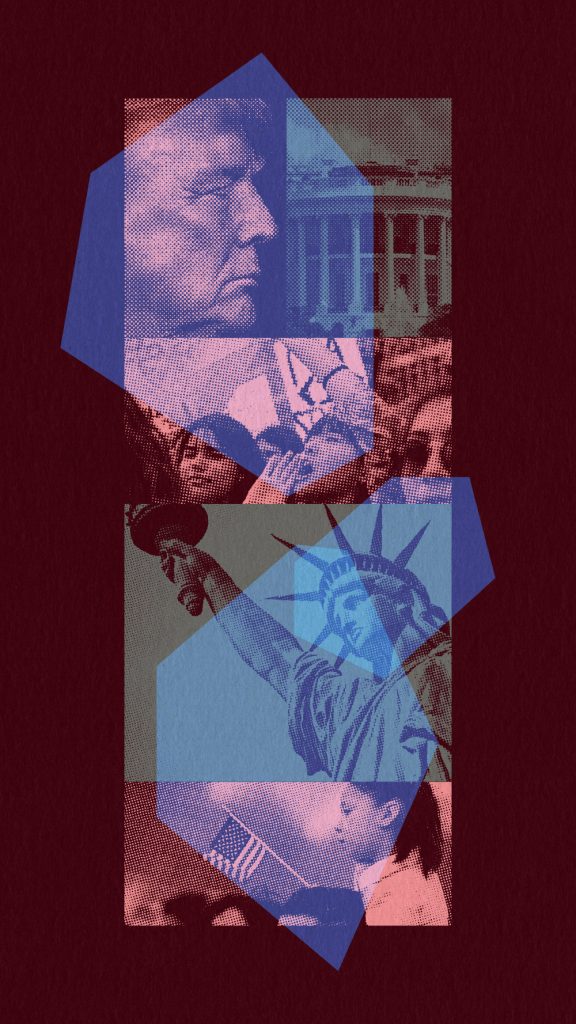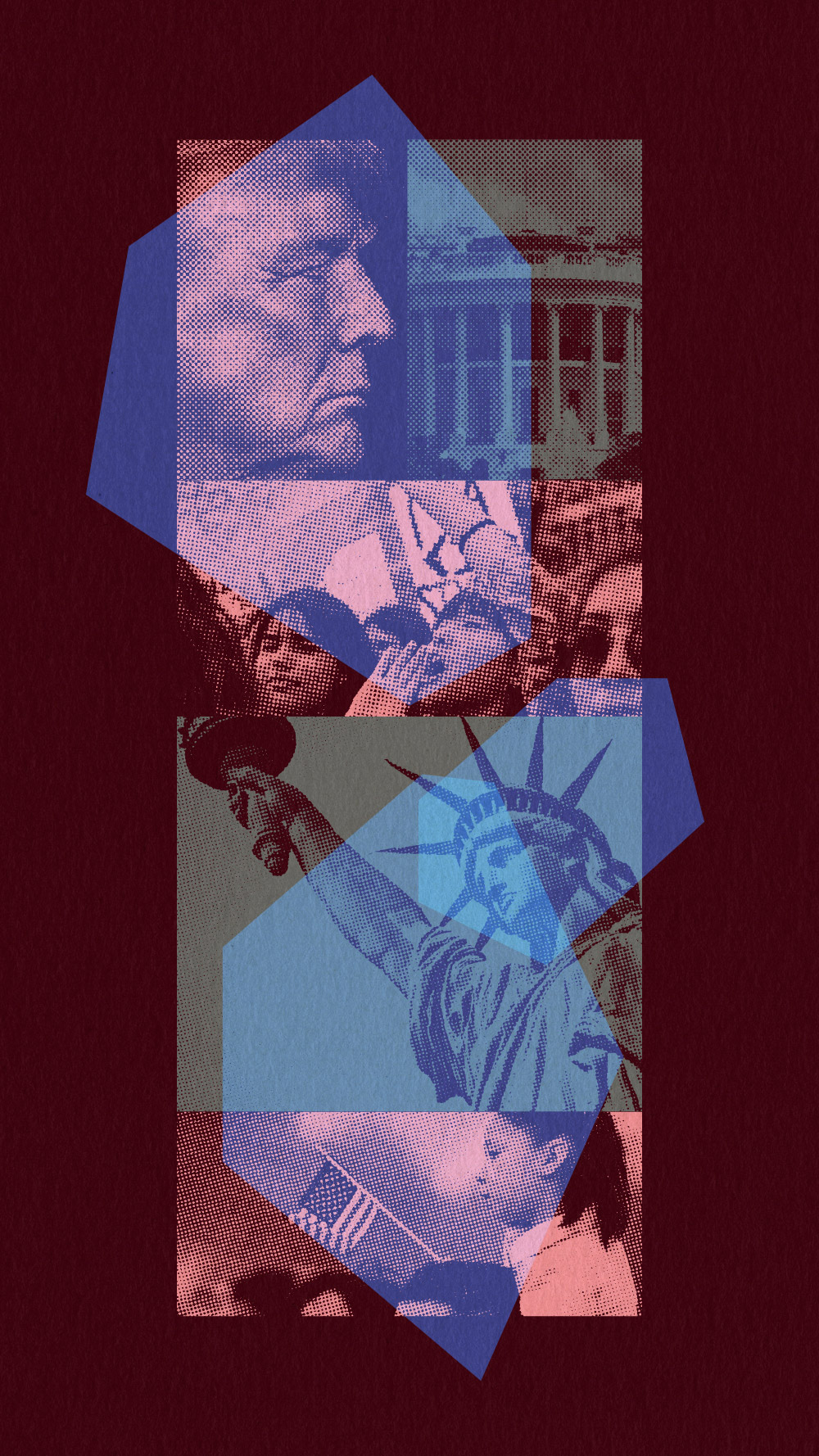
Nationwide Coalition of Artists Opposes Trump Administration Policies

The Fall of Freedom Initiative by Artists
In the early days of August, a collective of artists and friends convened in a Brooklyn studio, grappling with a pressing inquiry: in light of the Trump administration’s tightening influence over the arts, what role should artists undertake? This question spurred a series of weekly gatherings and dialogues, eventually giving birth to an initiative named “Fall of Freedom”—a symbolic phrase capturing the fragile yet opportune nature of the present era, reflecting varied perspectives.
“Highlighting the dual significance of losing and reclaiming freedom was our focus,” expressed visual artist Jenny Polak, a founding member of the initiative. Polak, whose art frequently explores themes like immigrant detention and forced labor, was instrumental in defining the project’s primary objectives.
Set to commence in November, the initiative invites diverse participants—ranging from comedians and independent bookstores to major music venues—to engage in acts of “creative resistance” against what organizers describe as “authoritarian forces sweeping the nation.” The ultimate vision is for anyone in the U.S. to encounter a Fall of Freedom event, said Laura Raicovich, a writer-curator and project initiator. “Engaging with great art can open our minds to imagining the changes we aspire to see,” she observed.
Participating actions outlined on the initiative’s [website](https://www.falloffreedom.com/how-to-participate) include public readings of banned books and drag story hours—activities criticized by President Trump as “anti-American propaganda.” Participants are encouraged to [register](https://www.falloffreedom.com/register-an-event) their events, contributing to a national map for public access and engagement.
Key figures spearheading the project include playwright Lynn Nottage, performance artist Cassils, and visual artist Dread Scott, whose 1988 installation, “What is the Proper Way to Display a U.S. Flag?” sparked nationwide debate and led to a landmark Supreme Court decision regarding free speech. Participants list influential names like musician John Legend, filmmaker Ava DuVernay, and author Jennifer Egan. A broadening network of cultural entities underscores the collective’s scope, including Dallas Contemporary and New York’s Public Theater.
Recent months have witnessed the Trump administration intensify assaults on the arts—a cornerstone of democratic expression. The government has reduced funding for key arts agencies such as the National Endowments for the Arts and Humanities, as well as targeted cultural leaders and dismantled diversity programs.
Artists have reported increased instances of censorship, exemplified by Amy Sherald’s decision to withdraw her exhibition due to anticipated censorship of her trans woman painting. “This period feels regressive in American history,” expressed artist Miguel Luciano. “But instead of succumbing to fear, we aim to unite people in celebrating the potency of art, culture, identity, and the liberty of our creative voices … This is the moment for artists to rise.”